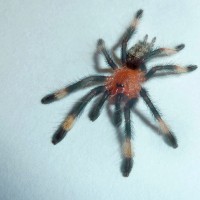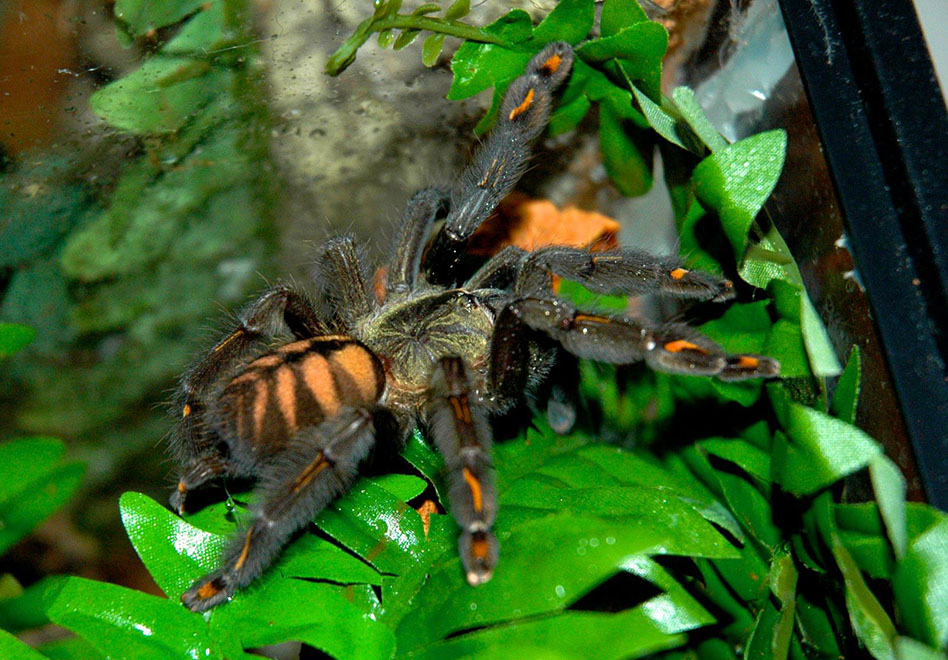olivianicole
Arachnopeon
- Joined
- Mar 11, 2019
- Messages
- 26
Got a p. irminia and t. violaceus sling about 10 days ago. The irminia was maybe 1/3”, and incredibly fuzzy, not the usual black with little orange feet you see. Found it in death curl this morning. It seemed off from the start, didn’t eat the entire time I had it. Kept one side of its cup slightly moist and had some little sticks in there if it wanted to web. I just think it was way too small in that vulnerable sling stage, and it sucks because it’s my dream tarantula. I knew these guys were sensitive but it’s really discouraging. Does anyone have any suggestions for irminia, and any tips/tricks for the t. violaceus? It’s eating and pretty active, very fast of course. I don’t wanna lose it, it’s also pretty small, but I’d say about a 1/2” stretched out. I attached videos of both. (Getting a 50 dram in the mail for the violaceus tomorrow, it came in that deli cup)
Attachments
-
5.3 MB Views: 107
-
5.9 MB Views: 62



